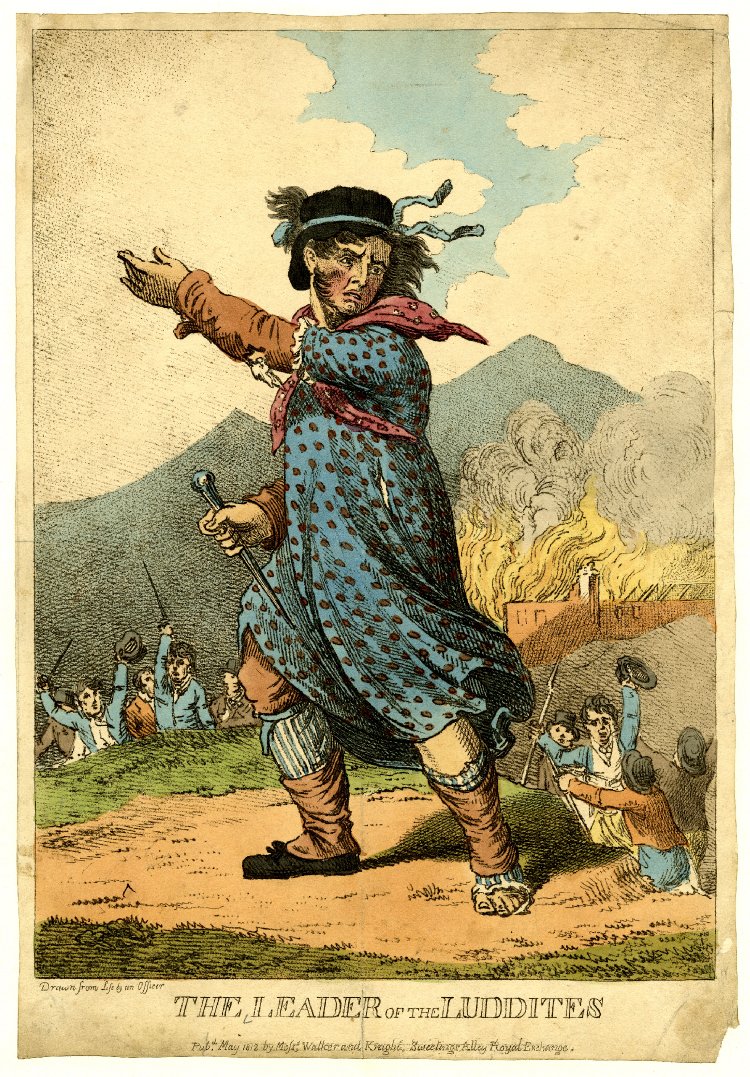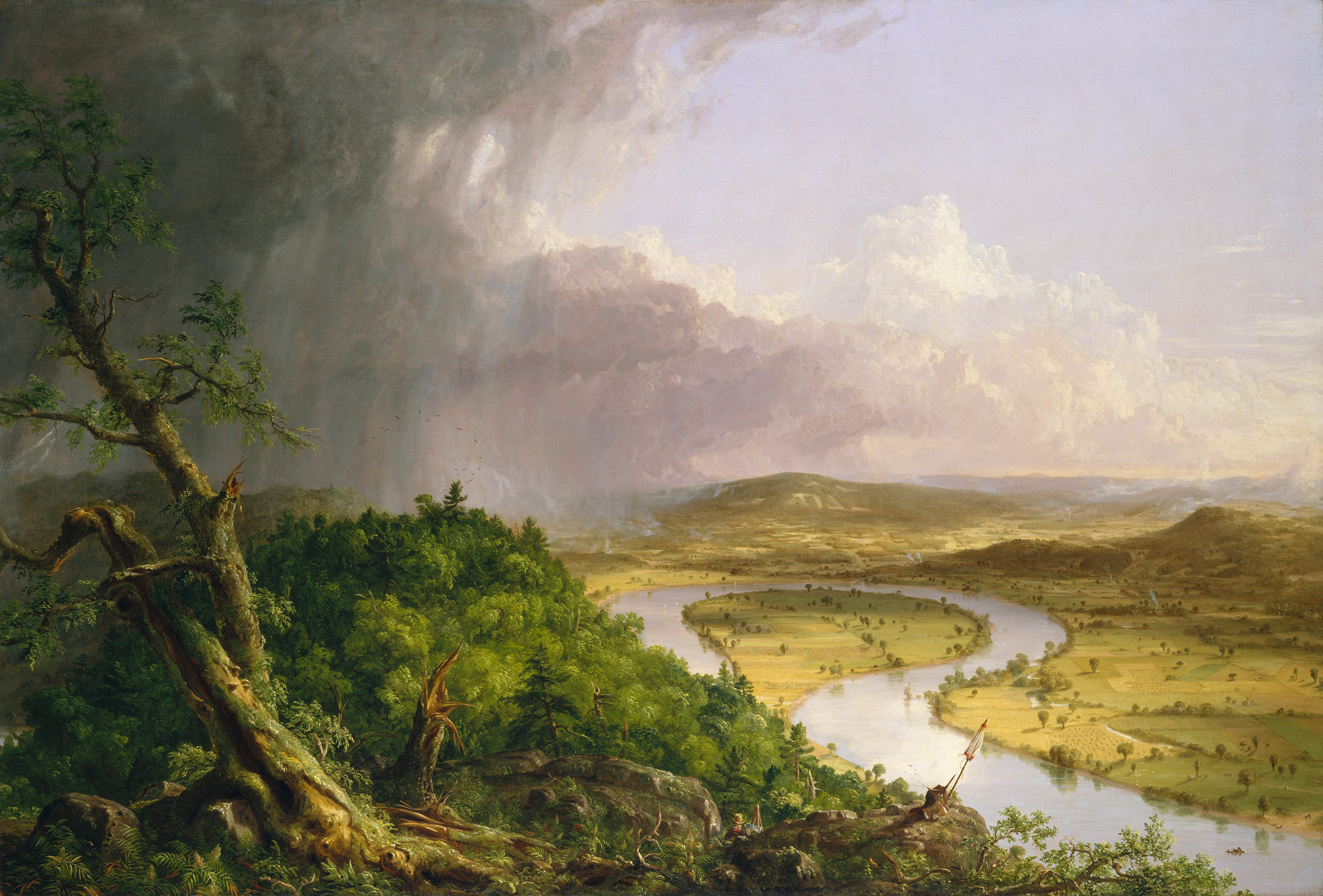THE NEW CRITERION, April 2018
On “Stephen Shore” at the Museum of Modern Art, “California Landscapes: Richard Diebenkorn | Wayne Thiebaud” at Acquavella Galleries, and “Sean Scully: Wall of Light” at Mnuchin Gallery.
In the mid-1970s, Hilton Kramer took note of an inflection point in art, with painting and sculpture on the one side and photography on the other: “At a moment in our cultural life when the imperatives of formalism seem to be on the wane in the discussion, if not in the actual practice, of painting and sculpture, a vigorous restatement of the formalist position has come from a surprising quarter—from the world of photography.”
The development was curious, even “rich in irony,” as Hilton observed. Formalism, the belief that the ultimate subject of art is art itself, would seem to go against the very nature of photography. After all, photography, more than any other artistic medium, needs an exterior, something “out there” to reflect the photons that pass through its lenses and mirrors to be imprinted in recorded light. Such directness, this facility for reportage, is for many the promise of photographic technology.
Yet photography is also an art, even an alchemy, with a process of creation that is as magical and strange as oil on canvas. Since its invention, photography’s seeming simplification, which has placed point-and-shoots and now digital optics in the hands of the world, has only masked its increasing complexity.
Flush with an emerging confidence in their medium, photographers such as Harry Callahan and Aaron Siskind, wrote Hilton, found ways to turn the lens on these complexities: “The kind of campaign that was once waged, and waged successfully, for abstract painting is now being waged for ‘abstract’ photography.”
For the current generation, no one has faced the challenge of creating a photography of itself quite like Stephen Shore. This photographer who came of age in the 1970s, and has tracked the medium’s radical evolution to the present day, is now the subject of an extensive and enthralling survey at New York’s Museum of Modern Art.1
Stephen Shore, Holden Street, North Adams, Massachusetts, July 13, 1974, 1974, Chromogenic color print, the Museum of Modern Art.
Stephen Shore is a textbook photographer. Which is to say, his photographs could illustrate a textbook on the medium of photography. Born in New York in 1947, his earliest work was in the darkroom, at the far end of the photographic process, developing his family’s Hawkeye Brownie negatives when he was six. He sold his first photograph to moma when he was fourteen, and had his first survey show at the Metropolitan Museum in his early twenties. Carried by a youthful curiosity and an autodidact’s sensibility, through an extensive body of work Shore has illuminated the wondrous “how” a picture is made as much as the “what” being taken.
A photographic journeyman, Shore has traveled through the widest range of camera technology, from a children’s Mick-A-Matic through a Rollei 35mm, an Arca Swiss 8-by-10, and an iPhone 5s, with stopovers at a Stereo Realist (for color 3-Dphotographs), a Grafted Crown Graphic 4-by-5, a Deardorff 8-by-10, and any number of Leicas, Nikons, Canons, Olympuses, and Hasselblads. “I’m not interested in developing a style and playing it to death,” he says. “I’ll change the medium, or I’ll go to a different camera, just to be confronted with new problems or new possibilities.”
Yet far from settling into an arid academicism, Shore has used these technological changes to look for the essence of just what photography can record. This is the takeaway of “Stephen Shore,” organized by moma’s chief curator of photography, Quentin Bajac, along with Kristen Gaylord. Working with a point-and-shoot Rollei 35mm, with its unusual bottom-mounted flash that flattens depth into layers of relief, Shore looked to the patterns of everyday materials in his early 1970s series “American Surfaces”—such as in the mesmerizing wallpaper and water fountain of Rolla, Missouri, July 1972. Working a few years later with an Arca Swiss 8-by-10—something that resembles a nineteenth-century box camera but takes a photograph of intense detail—he moved from surface to depth. Through photographs such as Holden Street, North Adams, Massachusetts, July 13, 1974, he made haunting images that function more like dioramas, with space you can enter into, without any particular point of focus.
Through his finely tuned sensibility for light, color, and framing, processed through various photographic equipment, Shore has captured the vibrations in visual experience—in particular, American visual experience. Through these photographs of the ordinary, he elevates life to the extraordinary, using new technology to valorize the commonplace and the everyday.
His photographic journey, which he connects to visual archeology, has taken him into the Holy Land and the humble homes of Holocaust survivors in Ukraine. And the exhibition “Stephen Shore” is far from the final statement on Stephen Shore. Through daily Instagram posts, he now perpetuates a five-decade-long project by sending his latest quotidian moments into the luminous digital cloud.
Installation view, “California Landscapes: Richard Diebenkorn | Wayne Thiebaud” at Acquavella Galleries.
Two years ago, an exhibition pairing the paintings of Richard Diebenkorn and Henri Matisse, at the San Francisco Museum of Modern Art and the Baltimore Museum of Art, became the must-see show of the season. I hopped the last train to Baltimore’s Pennsylvania Station on its final weekend and was not disappointed: in a masterly way, Diebenkorn inhabited the lines and colors of Matisse’s Parisian visions to create his California abstractions.
Last month, at New York’s Acquavella Galleries, Diebenkorn was paired with another master: the nonagenarian Wayne Thiebaud.2 Best known for ice-creamy still-lifes, Thiebaud has long applied a sweetened palette to his own landscapes of California. On view at Acquavella, these confections were paired with the famous “Berkeley” and “Ocean Park” series of Diebenkorn, Thiebaud’s friend and influence, who died in 1993.
Thiebaud met Diebenkorn, two years his junior, in 1964 as they were each preparing etchings with the printmaker Kathan Brown for Crown Point Press. Diebenkorn was a leading light of the Bay Area Figurative School, switching from abstraction to figuration in a cross-border move he made more than once throughout his varied career. Thiebaud was likewise known for his now-iconic still lifes that combine the buttery textures of Giorgio Morandi with a dusting of his own confectioner’s sugar—cakes and cookies illuminated in the post-war glow of American neon. Both were consummate painters who rose above labels and movements, whether it be Ab Ex or Pop.
As with Diebenkorn and Matisse, the revelation of “California Landscapes” was how the dialogue between Diebenkorn and Thiebaud evolved through decades of engagement. And again, as with Diebenkorn and Matisse, this is a conversation that only became understandable once their works were paired together by an intelligent curator, in this case Acquavella’s Emily Crowley.
The wet, muddy sediment of Diebenkorn’s Berkeley #21 (1954) flows through the swollen river of Thiebaud’s Brown River(2002). The prismatic light of Diebenkorn’s Ocean Park #40 (1971) shines through the faceted angles of Thiebaud’s Green River Lands (1998). A shared palette and sense for composition combine in their approaches to the open landscapes of the American West, which they each show from multiple elevated and often aerial perspectives.
Thiebaud has been painting landscapes since the 1970s. The early examples at Acquavella, such as Ripley Ridge (1977) and Urban Freeways (1979), seemed most indebted to his own still lifes with their diminutive reductions of space. What changed for Thiebaud in his landscapes of the 1990s and 2000s was the incorporation of Diebenkorn’s sense for structure, with angled rays acting as both abstract lines of force and illusionistic lines of sight.
Such structure has become even more crystalline in Thiebaud’s approach to landscape in the current decade. Now ninety-seven years old, Thiebaud is a living legend of American painting. He is also painting some of the most powerful and distilled compositions of his astonishing career. Mountain Split (2011–17) cracks his canvas right in two, while Blue Mountain Bluffs (2017) depicts the fertile steppes at the end of the earth, or, at least, at the edge of California. These paintings to Diebenkorn’s landscapes to Matisse’s compositions are but a step, or two, away.
Sean Scully, Night, 2003, Oil on linen, Mnuchin Gallery.
Sean Scully is that rara avis: the abstract painter who has flown to the heights of the vaulted empyrean of the contemporary art market. Just why may have less to do with form and more to do with the formulations of the marketplace, which favors steady output and the repetition of set compositions. Serial work removes the issue of uniqueness and its requisite connoisseurship, and therefore creates more reliable price points in the tracking of works of art as tradable commodities. Ergo: the market’s favor for Josef Albers, and for Sol LeWitt . . . and for Sean Scully.
Yet such commercial interest does not necessarily diminish the critical relevance of an artist or a particular body of work, and Sean Scully is, indeed, a fine painter. Born in Dublin in 1945, educated in England, Scully rejected the histrionics of British painting for the post-minimal abstraction of 1970s New York. Through Minimalist seriality combined with an expressionistic touch, Scully paints block-like compositions that recall the dry stone walls of the Aran Islands. Much like those mortarless walls of fieldstone, the details are in the edges, with glimmers of color and light often peeking around the stony forms.
Two exhibitions now on view allow a closer look at the melancholy beauty of these compositions at different scales. Through April 14, New York’s Mnuchin Gallery is showing several large paintings, along with smaller watercolors and pastels, from Scully’s “Wall of Light” series. Meanwhile, through May 28, the Edward Hopper House—the childhood home of the famous American painter in Nyack, New York, which now hosts contemporary programs in dialogue with its historic setting—is showing the more intimate work of Scully’s “Doric” series.3
Whether inspired by the stones of Ireland, or of Mayan ruins, or of ancient Greece (as Scully has variously claimed), all of these paintings are opus quadratum laid by the same painterly hand. What change are the colors, and the moods, of the final compositions, which can shimmer in reflected light, as in Desire or Desired (2007), or obscure a light beyond, as in Night (2003).
What connects them all is the mystery of what they refuse to show: rather than the windows of traditional illusionistic art, these paintings are walls, built up and bricking over an unknown distance beyond. The blocks may be lush passages of wet-on-wet brushwork, but their surfaces conceal rather than reveal the compositions’ greater meaning. The exhibition at Mnuchin, elegantly curated by Sukanya Rajaratnam, even includes a selection of Scully’s own photographs of Aran walls, connecting his abstract paintings to one of their source forms.
At his studio in Tappan—a former television broadcast facility that is a stone’s throw from the Hopper House in Nyack—Scully keeps another source: a work on paper from the gray middle period of Philip Guston. Following the lush abstractions of the 1950s, the 1960s were a decade of fog for Guston. In the 1970s the fog lifted to reveal the didactic figuration of hobnailed boots and Klan hoods. The revelation proved to be a sensation. Still, I have long felt that Guston’s more interesting paintings were those middle, foggy ones, which maintained their mysteries.
Scully undoubtedly shares a similar affinity. Depths are often best when left hidden.
1 “Stephen Shore” opened at the Museum of Modern Art, New York, on November 19, 2017 and remains on view through May 28, 2018.
2 “California Landscapes: Richard Diebenkorn | Wayne Thiebaud” was on view at Acquavella Galleries, New York, from February 1 through March 16, 2018.
3 “Sean Scully: Wall of Light” opened at Mnuchin Gallery, New York, on February 28 and remains on view through April 24, 2018. “Sean Scully: No Words” opened at the Edward Hopper House, Nyack, on March 9 and remains on view through May 27, 2018.









